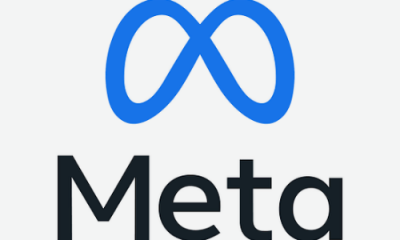FEATURED
Benefits of existing standards for blockchain integration in capital markets: Industry Experts’ Insight

In the capital markets, the adoption of blockchain technology has been gaining momentum. Recently, BlackRock tokenized shares in one of its money market funds using JPMorgan’s Blockchain application. This transition to blockchain could allow greater efficiency, transparency, and accessibility, however poses some challenges. One key aspect of this transition is the integration of existing standards, such as Swift and CCIP (Common Clearing Interoperability Protocol), to facilitate the seamless flow of data and value.
The Capital markets are made up of the stock market, the bond market, and the currency and foreign exchange (forex) markets where institutions and the government raise long-term capital. Swift is a corporate financial service provider, that enhances the transfer of value through messaging and has been exploring Blockchain solutions for the corporate market.
At SmartCon 2023, industry experts shed light on how existing standards can be beneficial for blockchain integration in capital markets.
Thomas Duagauquier, Tokenized product lead at Swift highlighted that one of the compelling reasons for utilizing Swift is its extensive global reach. Swift has connected a vast network of over 11,000 financial institutions, he said, implying that most institutions are already equipped to communicate via Swift. Thomas said that by reusing the existing Swift infrastructure, organizations can become cost-efficient in their investments.
Thomas also emphasized that a significant portion of Swift’s messaging is driven by capital markets activities. These messages allow for indirect access to assets, making it easier for investors to trade across international boundaries which can unlock secondary markets on digital assets.
According to Thomas, Swift aims to enable indirect access to assets, and in that sense, allow these messages to tap directly into the chain.
A Business analyst at Euroclear Olivier Roucloux mentioned that a synergy exists between Swift’s messaging standards and blockchain technology. Olivier noted that while technical interoperability standards exist, having a comprehensive understanding of the data is equally important. He likened it to sending faxes—having the system is one thing, but understanding the information being exchanged is equally important.
Olivier further acknowledged that Swift’s extensive standard, which defines instruments like equities, and bonds, relies upon a long-time knowledge and experience in banking as it serves up to 11,000 institutions.
Anurag Soin, from ANZ Bank, exploring how CCIP (Common Clearing Interoperability Protocol) can enhance blockchain integration analyzed the concept of programmatic workflows where information and value flow together. The key takeaway is the ability to understand and create value across multiple networks, each with its protocols, through existing standards.
Anurag emphasized that by using existing standards to define programmatic workflows, organizations can significantly reduce operational complexities and inefficiencies. For instance, programmatic workflows can enable interest payments on digital assets across various networks, all while maintaining existing standards for the definition of instruments.
Conclusively, as capital markets move towards being “on-chain,” the power of reusing what already works may prove to be the key to a successful and efficient transition.
Read also;
Solving cross-chain transfer challenges with the Asset Hub: Insights from Polkadot’s Engineer
What do you think of this article? Share comments below.
























